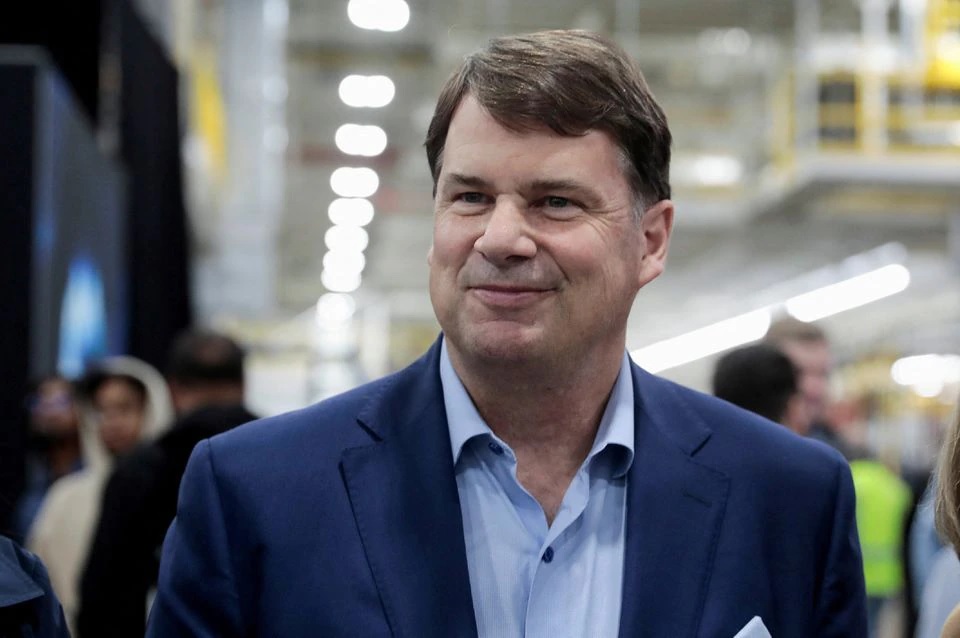DETROIT, Nov 15 (Reuters) – Ford Motor Co (F.N) Chief Executive Jim Farley said on Tuesday the automaker will need to build more components for electric vehicles in its own factories so “everyone has a role” in the future.
Electric vehicles will require 40% less labor to build than current combustion vehicles, Farley told a conference in Detroit sponsored by the Rainbow PUSH Coalition, a civil rights group.
Farley told reporters on the sidelines of the conference that Ford was “going back..to our Model A,” when the company built many of the components for vehicles itself at the Rouge manufacturing complex in Dearborn, Michigan.
Bringing production of electric vehicle motors, batteries and other components in-house was necessary to preserve jobs and to be competitive, Farley said.
Tesla Inc (TSLA.O), the No. 1 U.S. electric vehicle maker, builds much of the hardware for its electric vehicles, including batteries. Tesla’s profit margins are now superior to Ford’s and many other established automakers.
“We want to be No. 1,” Farley told the Rainbow PUSH conference in Detroit.
Ford has begun building an electric vehicle manufacturing complex in Western Tennessee called Blue Oval City. Farley said he “would be thrilled” if workers hired there decide to join a union. But that decision is up to the workers.
Ford and Detroit rivals General Motors Co (GM.N) and Stellantis NV begin contract talks with the United Auto Workers next year. The changes driven by the shift to electrification will be central to those negotiations. The UAW’s President, Ray Curry, has said he wants workers at new U.S. EV operations, including joint venture battery plants, to be organized without the process of secret ballot votes.
“Next year’s negotiations will be hugely important for all stakeholders,” Farley said.
Farley has brought in a number of executives from outside the auto industry to lead electrification and software development efforts. But he said Ford must do a better job of developing managers from within its ranks.
“We can’t keep hiring from outside,” he said.











